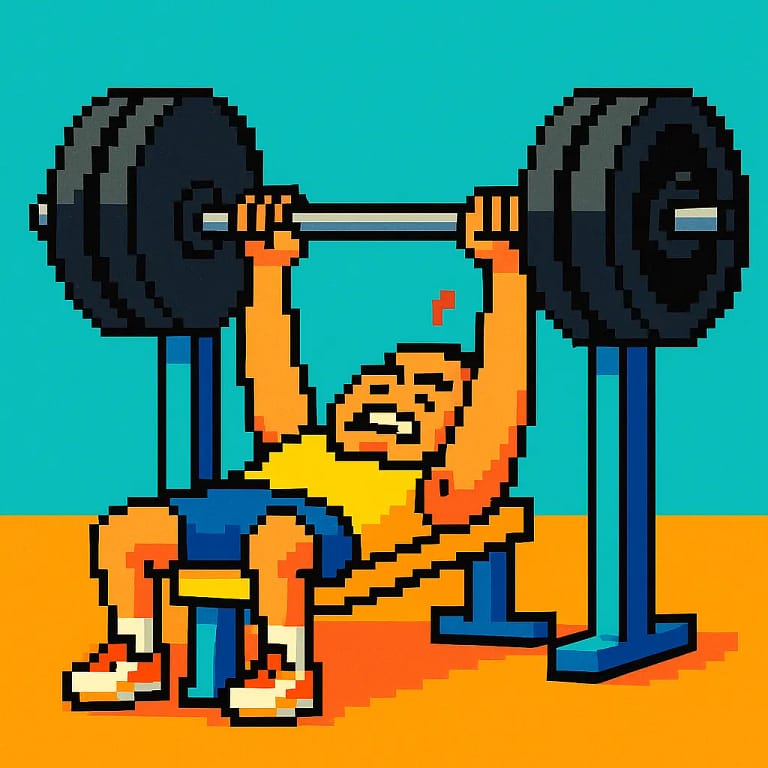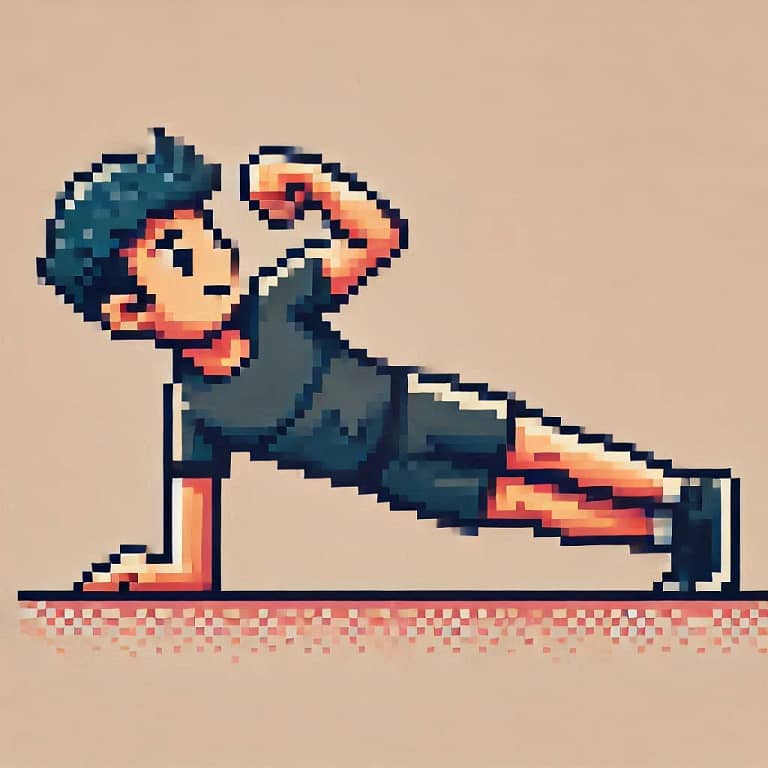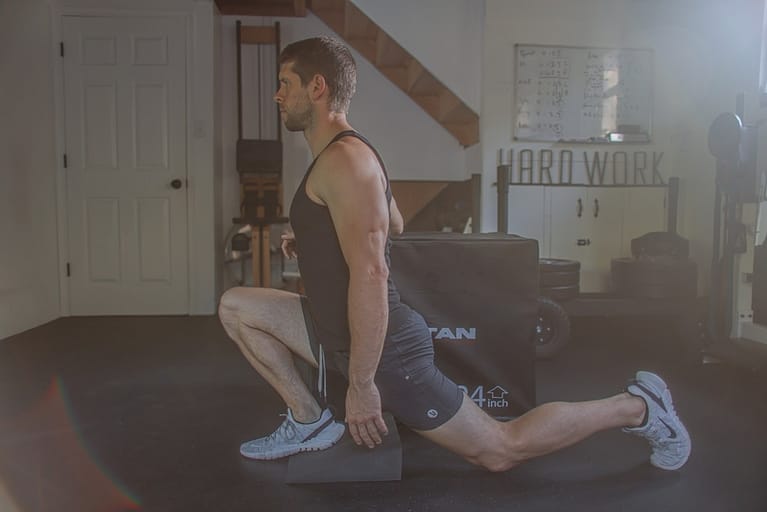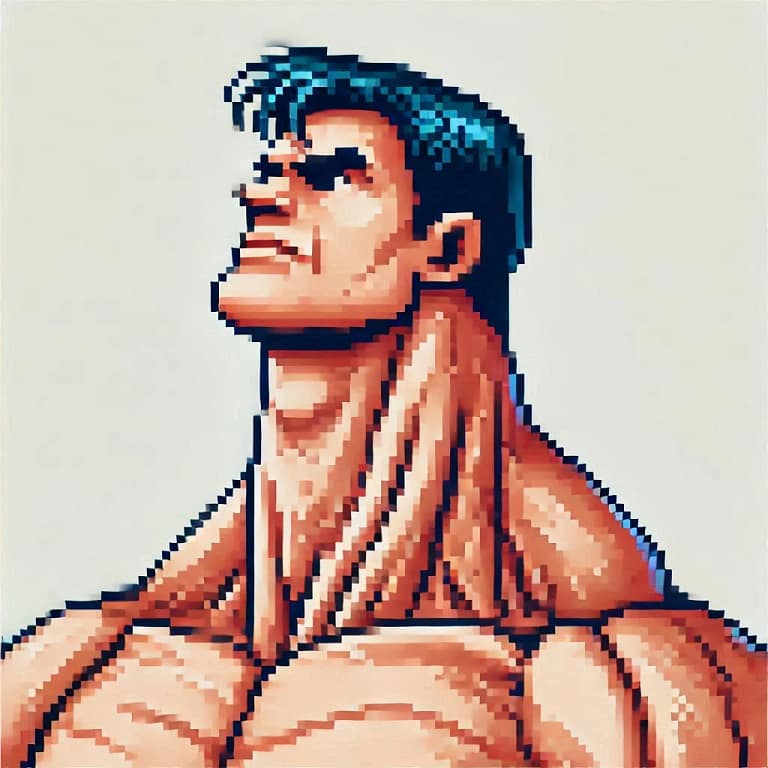The Best 6 Exercises For Neck Pain
Fixing neck pain is not an overnight solution. If it were so simple, it wouldn’t be so common. In fact, around 30 percent of adults are dealing with neck pain and most experience pain on a weekly basis. The good news is that the pain seems to be associated more with muscular tenderness rather than serious chronic disease. Which means we can perform certain exercises to help improve the pain.
When considering neck pain we need to look at upper back and forward head posture as well as scapular control. If you are dealing with neck pain then read on. Let’s look at what activities cause neck pain, how to get relief if you are experiencing neck pain, and how to strengthen the necessary muscles to help make neck pain a thing of the past!
Warning:
As always, consult a medical professional if you think there is something wrong!
Causes of Neck Pain
There are many possible causes of neck pain but in my experience, the most common factor is poor upper back posture, leading to poor neck posture.
Many of us have desk jobs where we spend many hours in a posture with our shoulders rounded forward. Long periods of time in this posture will slowly lead to our head posture becoming more forward. This is the most common cervical postural fault in the sagittal plane.
This is a problem because for every inch forward the head is, there is an increase of around ten lbs of pressure on the spine.
If we can undo the rounded back and head forward posture, we can improve neck pain symptoms
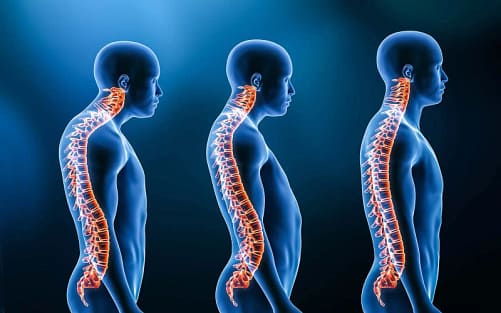
Another reason the shoulders and neck can find themselves in this posture is because the upper trapezius muscles become overly dominant. Whether through training or often the main problem is that your upper trapezius muscles are strong and dragging your shoulder blades upwards, causing a winged scapula (shoulder blades).
Neck Pain Relief
If you are experiencing neck pain it is important to get yourself checked out. But these two exercises are my go to exercises for addressing neck pain. All you need is a foam roller and a PVC pipe.
Thoracic Spine Smash
It’s simple. If your shoulders are rounding forward, then do things to undo that posture. A simple t-spine smash with a foam roller can be of service. I like to start with this movement because it is easy to do and sometimes can have a major positive impact.
Odds are if you have a foam roller I don’t even need to bother describing how to do this movement as it’s one of the first things learned when owning a foam roller. But just in case…
Sit down and lay your upper back against your foam roller which should be perpendicular to you. Bridge your hips up and give yourself a big hug (to protract your shoulder blades) and roll up and down the foam roller trying to target your middle and upper back. Don’t freak out if you hear a few audible pops or clicks. The facet joints are returning to their normal place. Perform this movement for :30-60
1 set of :30-60
First Rib Mobilization
I have to give a shout out to Kelly Starrett whom I first saw demonstrating this movement
Did you know that your ribs go all the way up to your shoulders and clavicle? Well they do and can get slowly elevated over time because of the trapezius muscles getting overly tight. This exercise aims to help lower your first rib.
All you need for this movement is a PVC pipe or a broom handle and a wall corner. Take your PVC pipe or broom handle or anything you can find to wedge between your trapezius muscle and the wall. You are going to slightly press yourself back into the pipe which will put gentle pressure on your upper trap muscle. Depending on the tightness of your traps, this may be a little uncomfortable.
The next part will be even more painful. While continuing to put pressure on your trap, slowly raise your arm (the arm of the side has the PVC pressing into it). The goal is to get your arm overhead but that may take a few repetitions to ease into it.
Make sure to breathe deep to try and relax the trap muscle. I will admit, deep breathing is hard with this exercise because it can be a little painful but make sure to stop if it feels sketchy.
1 set of 3-5 slow reps on each side (or just the painful side)
Strengthening the Upper Back and Neck
The above exercises are only meant to provide pain relief. The neck pain will continue to arise if we don’t strengthen the necessary muscles to keep the pain away.
Part of the reason the shoulders round and the head droops forward is because of the overpoweredness of the upper trapezius muscles. Believe it or not but your traps are not just the muscles next to your neck. The trapezius muscles actually run down in between your shoulder blades to your middle and lower back. The muscles are attached to your shoulder blades.
When the upper trap muscles are dominant they pull the shoulder blades upward and usually overpower the middle and lower traps which are responsible for retracting and depressing the shoulder blades. This leads to your shoulder blades “winging” or “winged scapula”. Note: We are not talking about the medical condition where the serratus anterior muscle and its innervation are damaged. If you have a winged scapula due to damage to the long thoracic nerve, then please consult a physician!

What we need to do is strengthen the middle and lower trap muscles to restore balance to the system. The next group of exercises performed in succession are very effective at doing exactly that and require no equipment!
Upper Back Complex
Prone Hold and Press
Lie down on the floor or a bench and put your hands in a position like you are holding a barbell on your back. Try to extend your back muscles and retract your shoulder blades, getting your torso as high off the ground or bench as you can. Hold this position for :30. After :30 I want you to pretend that you are pressing a barbell over your head slowly until your elbows lock out before slowly returning to the start position. Do this for 8 reps. Rest.
Superman
Next extend up again like the last movement but this time put your arms at your sides with your palms facing the floor. Try to retract your shoulder blades and put them in your pocket. Hold this movement for :30.
I Extension
For the final movement, you are going to extend your arms all the way overhead. You can rest them on the floor at the beginning. I want you to extend your arms up and arch your back and retract your shoulder blades as HIGH AS YOU CAN. Hold for a brief moment before returning to the floor. Do this for 8 repetitions.
That’s the circuit. You should really be feeling your upper back muscles, namely your rhomboids. (a topic for another time). Go through this circuit 3 times. Don’t be surprised if this circuit tires you out. While it’s taxing on muscles that you probably aren’t accustomed to using, it is also surprisingly taxing because it is hard to breathe.
You can choose to hold small weights or not. Odds are these aren’t muscles that you use often and don’t need much resistance to stimulate. You don’t need much resistance but you can hold 2.5 lb plates in each hand to progress.
3 rounds through the circuit:
- Prone hold and press :30 and 8 reps
- Superman :30
- I Extensions 8 reps
Neck Extension
Lie prone on a bench with your neck and head off the edge. Either using your hands on top of your head or holding a light weight plate on top of your head, slowly lower your head towards the floor until you are tucking your chin towards the bench. You might feel a stretch in the rear neck muscles. Slowly extend your head and neck upwards until you are looking forward. Don’t push through any movement that feels sketchy.
Try for 10-15 repetitions. This movement you should feel in your posterior neck muscles and a little bit in your upper back muscles as well.
Get creative. I sometimes use band resistance for this exercise. Feels great!
JUST BE SURE NOT TO OVER STRAIN! The neck should be trained gently. Don’t push past pain ever!
3 sets of 10-15 repetitions
Conclusion
Your neck pain may be caused by postural issues and imbalances in the trapezius muscles. If you improve your posture, strengthen the correct upper back muscles and neck muscles, you too can make neck pain a thing of the past!
I want to remind you to be careful when training your neck. Treat it with care and don’t try to use very heavy weights. Light weight is sufficient.
Training
| Training Protocol (1-2 times per week) | ||||
| Focus | Exercise | Sets | Reps | |
| Neck Pain Relief | SI Pain Relief | 2 | :30 each direction | |
| Prone Cobra | 2 | 8 reps | ||
| Child’s Pose | 2 | :30 hold | ||
| Neck/Upper Back Strengthening | Prone Neck Extension | 3 | 10-15 reps | |
| Upper Back Complex | 2-3 Rounds | |||
| Lying Hold and Press | :30 and 8 reps | |||
| Superman | :30 | |||
| I Extensions | 8 reps | |||
Key Takeaways
References
- Brandt M, Sundstrup E, Jakobsen MD, Jay K, Colado JC, Wang Y, Zebis MK, Andersen LL. Association between Neck/Shoulder Pain and Trapezius Muscle Tenderness in Office Workers. Pain Res Treat. 2014;2014:352735. doi: 10.1155/2014/352735. Epub 2014 Mar 27
- Mahmoud NF, Hassan KA, Abdelmajeed SF, Moustafa IM, Silva AG. The Relationship Between Forward Head Posture and Neck Pain: a Systematic Review and Meta-Analysis. Curr Rev Musculoskelet Med. 2019 Dec
- Martin RM, Fish DE. Scapular winging: anatomical review, diagnosis, and treatments. Curr Rev Musculoskelet Med. 2008 Mar

